Jerubem (Bem) Era is a Bangkok-based Filipino photographer who has been calling Thailand home since April 2003. In this interview he talks about his passion for photography and “Photography Entrepreneurs”, a Facebook community formed to unite the passion of photography and bring enthusiasts in making their passion into a livelihood.
When did you realize you have a passion for expressing yourself through photography?
First of all, thank you Mihnea, for inviting me to share my experiences in photography here with you. I started off as a graphic designer. In fact, I am still a graphic designer at the moment at an international school in Bangkok. I started off with a point-and-shoot camera. When I started working in the Media Center of a school, I used to gather stock photos when I work. Photography and graphic design go hand in hand. Graphic designers work together with photographers. There is a huge need for these two disciplines. I later decided that I could bridge that gap by taking my own photos because I knew what I wanted when I do designs. I have been doing a lot of photography for schools and companies, but didn’t have the burning passion until I was able to assist Mr. Jose Tan, a commercial photographer who lived in Bangkok before. I was impressed with the possibilities of what can be created with the camera and loved it ever since. I bought my first DSLR and learned from Jose while assisting him when he taught other people in his seminars. I also learned from websites, YouTube, attended some seminars and worked with other photographers.
What is your philosophy as an artist?
My philosophy as an artist is to produce works interpreted in the way that I see in my imaginations. It’s also looking at the bigger picture. How photographs bring feeling to the viewer. In every post I want to show in print or online, I want to make it the best image possible. If I don’t like the photo, then I can’t expect others to like it if I myself am not impressed. I am my own worst critic. Of course, there are still those who do not agree and don’t like my photos, but it has nothing to do with me because beauty is in the eye of the beholder (as they say).
My philosophy for commercial work is: Always keep a reference of industry standards so that the images produced are not below the standards for advertising either online or in print media. Practice and cross-reference are my main guides in getting the output needed to produce great commercial work.
Who influenced you the most?
There are two photographers who influenced me a lot. They are not only photographers but also are digital artists. I mostly follow the works of surreal photographer, Brooke Shaden and composite master, Adrian Sommeling as my art inspiration. They have mastered their craft in compositing, digital art, and even in marketing themselves. They keep a targeted niche of photography and gain a good following with their work.
What was the first camera you remember using?
I used different brands of “point and shoot” to semi-pro cameras, I had a “point and shoot” Canon PowerShot camera, but I was also working at a school and used their Sony, Panasonic, Nikon cameras more often than my small camera. But my first DSLR camera was a Canon EOS Kiss X4 (550D). I chose that because of the video capabilities and the lens options were cheaper than a Nikon. For me, that was a lucky camera because I bought that on 11/11/11 (Nov 11, 2011). With that camera and my 50 mm lens, I captured “magic”! Many of my shots that got me recognized were because of that camera. I also produced and directed professional music videos with the camera.
What do you prefer now, Canon, Nikon or others? And why?
Since I had the Canon lens already, I upgraded to a full frame Canon 5D Mark II DSLR and just love the quality of a full frame sensor. I think many camera brands are excellent and if somebody gives me another full frame camera brand for free, I would gladly accept. (Laughs) But if I were to buy a camera, I would still stick to the Canon brand for now because they have some of the best lens line-up and also a lot of third-party lens manufacturers have more options for the Canon version and is a great money-saver. I prefer using the full-frame sensor because it has better view coverage and nicer depth of field when you want to emphasize the subjects, such as portraits. More advanced cameras also give you the fine tunings to calibrate your lens to get sharper and cleaner images.
Your online portfolio is mostly made up of portraits. Is this something you’ve specialized yourself in?
Yes, I do specialize in portraits and I love taking photos of people. At first, I was shy to take photos of people, especially strangers even though I like taking photos. It took me some time but I was able to overcome my shyness in taking other people’s portraits. It also comes with practice and exposure. Through the years I have developed an eye for capturing the angles that expresses the potential look of the model. I aim to capture their best look and also strive to look for a better look that surprises them. Many of the models will look at the camera with a smile of happiness or a laugh and exclaim, “Is that me? It doesn’t look like me! (in a good way)” These are the kinds of photos that inspire me and help me strive towards creating beautiful pictures.
What are three elements of a good photo?
Now there are many interpretations on how people perceive a good photo. The ways where I observe the elements of a good photo are:
- A large number of people like it; think of it as viral photos. What makes photos viral are the ways people talk about it. It may be a photo used for the news, a unique nature shot that can happen only once in a lifetime (example: The squirrel riding on the back of a bird went viral because you cannot recreate that shot), and then an idea visualized into a picture form. You want people to talk about that photo and that’s what makes it great: the expression or story behind the shot. If it’s for commercial use, you want to convey the meaning or message.
- The way light dramatizes your photo. We have received some questions in our Facebook group and personal messages on certain ways to take a shot. We have mostly observed that light, whether natural or with strobes, interpret the images to give the mood and emotions to the viewer. Without this play of light, it can just look like an ordinary snapshot. People like to see the drama. Light and shadows play a big part in creating drama.
- A (RE)-interpretation of life. When I was just starting out in photography, I had the unique opportunity to take a photo of the crescent moon with two planets shining brightly on top making the moon and planets resemble a “smiley face.” I was concentrating so much on the moon on the black night sky and thought I took really great photos. Later that night, I looked at the Internet and saw all the other interpretations from other photographers. I was so amazed how some of them took a different approach to the phenomenon. One photographer took it with a nice cityscape in the background, another took it over a seashore, while others used different silhouettes in unique positions. This is where I realized that as photographers, we must develop a unique perception to how we see things and that there is a diamond in the rough. You may have seen a certain monument many times, but the challenge is how to let people see it in a different perspective.
In November 2014, together with your Filipino friend Jojit Pangilinan, you’ve started Photography Entrepreneurs. What’s your mission?
That’s a good question. When we first thought of the name, it was the original plan to hold seminars, and create online tutorials for photography enthusiasts to take it to the next level and become entrepreneurs. We still have that mission and held a few seminars and will soon create online tutorials and tips to upload on our YouTube channel. Before starting Photography Entrepreneurs, Jojit and I were already planning a lot a year before and made plans for workshops and for investing in a studio.
Once we got a place to put up a studio, we started collaborating with models and friends to develop our portfolio. Jojit’s wife, Lizza, took time to learn the trade of doing make-up for our models. We also invited another photographer, RJ Protacio, to also be part of the group as he also offered his unique ideas to the team. Part of our mission is also to “focus on the bigger picture” (pun intended). There’s always more to photography and our mission and goals are to pursue the “more” in photography.
In Photography Entrepreneurs, the business side to photography is not only taking pictures, but also marketing and networking. Creating lasting relationships with clients and customers. So a photographer who wants to make photography into a livelihood cannot just rely on taking photos alone. One must also learn the techniques of marketing and social media. We are also open to invite other experts in photography and marketing to help our community learn more and use the techniques. In the process of doing this, we are also practicing ourselves the techniques of marketing and applying them to our dealings while giving good service to our clients. We consult and research to come out with good techniques that we can also share to the community.
You do both lifestyle and commercial photography. How do you balance the two?
You know Mihnea, it’s a matter of timing and opportunity. We were presented with opportunities to photograph lifestyle, so at first, we did some research and learned how to do it. Since I had already some experience assisting Jose with his commercial photography, I was able to apply those techniques whenever we had the opportunity to do commercial work. Most of the demands for photography are mainly in these areas, but they don’t come all at the same time so we are able schedule the shoots according to the type of style required.
Sometimes clients come with a request to do another style of photography so we look if we have the skills to do it. If not, we work on a portfolio and develop a certain specialized skill in an area if we need to. We decided together with Jojit that we would really invest in putting up a photography studio so that we can practice our skills by actually doing. By creating our own studio, we were able to save costs of renting in other studios for practice. Of course there are costs involved, but not as big as renting in other studios.
How have you adapted to respond today’s trends with regards to photography and social media?
Photography and marketing go hand in hand. Without marketing, our photography will just be treated as a hobby. We were doing quite ok on our own individual projects, but one day, while I was talking with Jojit, we decided to be more serious with our crafts. In order to do that, we decided to put up a community called “Photography Entrepreneurs.” We have created our logo, a Facebook group and page, and started to get the interest going by putting up article links, workshops and online advice to our members.
We are starting to build our Instagram, Pinterest, and Twitter accounts that are separate from our personal accounts. We were able to gain more interest and some clients contact us mostly through Facebook. We are working on our website for branding purposes, but most of our dealings and communications happen through Facebook. We will see how it goes, but we are positive in using social media to put across some of the recognition from magazines and newspapers, and presenting our portfolios across to promote our services through this medium.
What advice would you give to photographers who are just starting out?
My advice is “Theory is nothing if you don’t go out and shoot!” So always shoot and shoot. It is better to learn while doing. You will not only learn about your camera and photography, but also you will learn somehow how to market and deal with prospective clients. Some photographers are enthusiastic for the first few months after buying their camera, but later on they say that it gets boring and then the camera stays inside the locker gathering dust.
My advice is to take projects that inspire you and take you out of your comfort zone. At first I wanted to specialize in macro photography, but I got bored after a while. My interest shifted when I started taking portraits of people. Even though I felt embarrassed or shy, I still wanted to master it and made a goal to overcome my shyness. Taking photos becomes more exciting when you take some risk. It doesn’t have to be a big risk at first, but once you start doing it, the more rewarding it becomes.
I have a friend who did a project of “100 strangers”. He went up to a stranger in the streets and asked to take a portrait of that person until he reached 100 people. It was a good way to challenge himself. Take pictures of the things that inspire you. Don’t just take photos for the sake of taking them. But sometimes there’s a diamond in the rough when you are required to take a photo of someone or something. Sometimes, they become opportunities for bigger exciting projects.
Whenever you take on a project, you have to have a purpose and feel excitement to take on that project. When I take a lifestyle or commercial photo, I always look for a way to take the photo in a way that I haven’t taken before. That is of course after I have fulfilled the requirements of the client, then I can go on to take on some creative risks if the model allows me to.
One last thing, while you are still a beginning photographer, always strive in taking the best photos you can even if you are not the main shooter in the group. Sometimes you have an opportunity to tag along with the main shooter and it is your opportunity to create a portfolio while you don’t have your own projects yet.
If you like landscape photography or still life, go to places where you can find the best areas to photograph. It takes effort to do them, but you come back fulfilled because it takes a lot of effort to produce good pictures. Your goals are to keep on producing a portfolio until you make it as a photographer. Be courageous and reach for higher standards. Who knows, just like Peter Lik, your photograph can be worth millions.
Thank you so much for these valuable ideas and I’m looking forward to working with you on a project too.

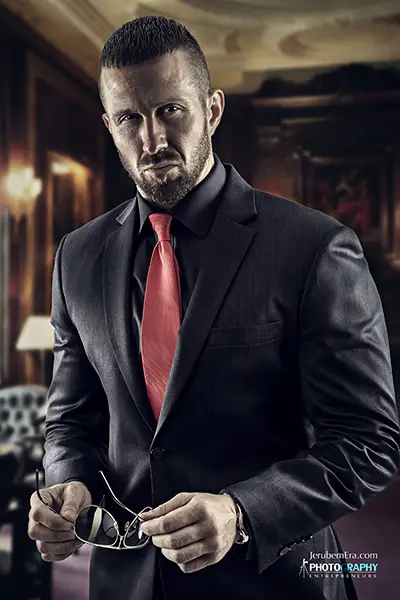
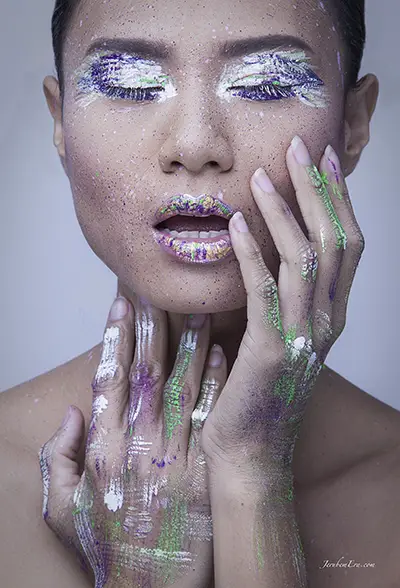
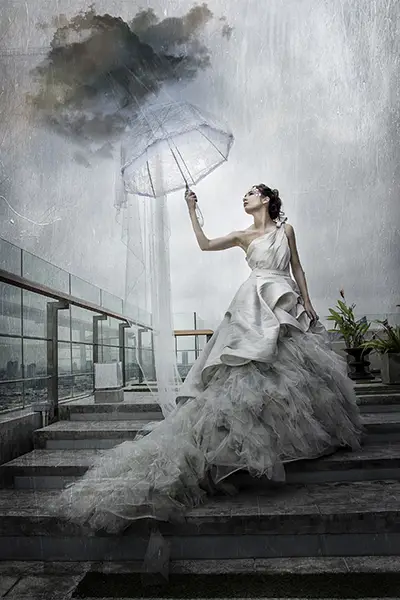
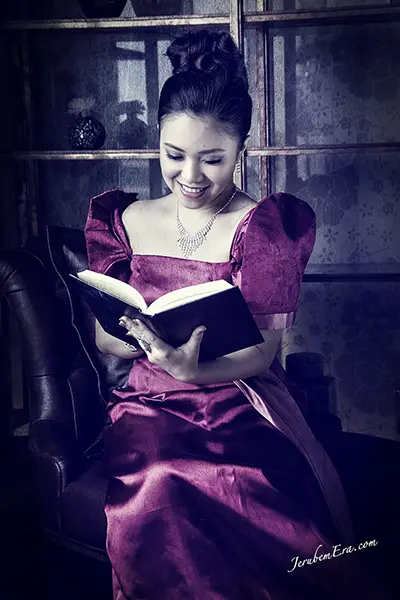
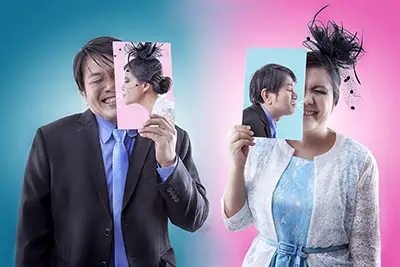
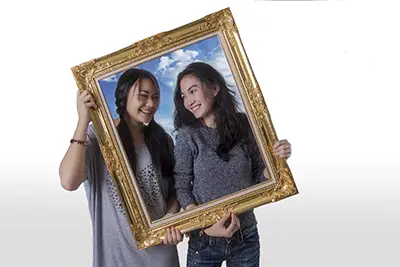
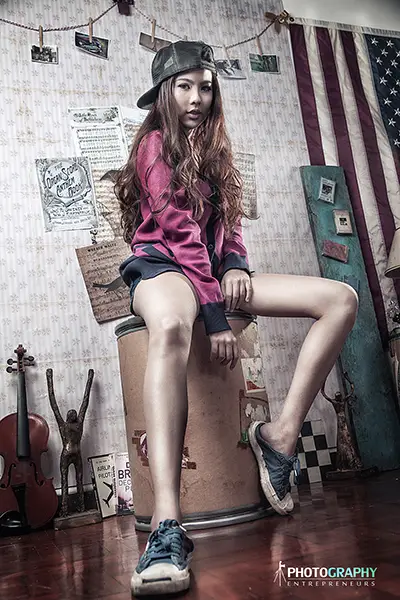

A very interesting and informative interview and fantastic photographs.